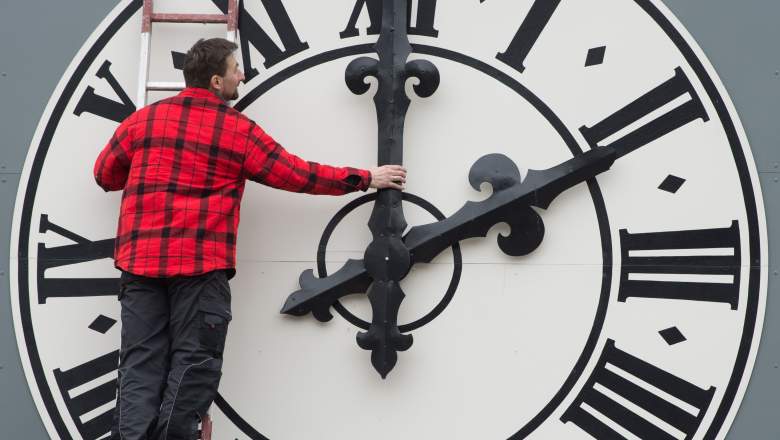
Sunday, March 8 marks the start of Daylight Saving Time 2020, the time of year where most of us “spring forward,” i.e. move our clocks forward one hour in an effort to get an hour more of daylight at the end of the day. But just where did this custom come from? And why do we still observe it?
Blame William Willet
According to the Farmer’s Almanac, the first real proponent of Daylight Saving Time was Londonite William Willet back in 1907. He lobbied both the British Parliament and the U.S. Congress to move clocks ahead 20 minutes on each Sunday in April and move them back 20 minutes on each Sunday in September in order to gain more daylight for the “long, light evenings.”
“Everyone appreciates the long, light evenings. Everyone laments their shrinkage as the days grow shorter; and nearly everyone has given utterance to a regret that the nearly clear, bright light of an early morning during Spring and Summer months is so seldom seen or used… . That so many as 210 hours of daylight are, to all intents and purposes, wasted every year is a defect in our civilization. Let England recognise and remedy it,” wrote Willet.
But no one took him seriously and Daylight Saving Time was not actually implemented until World War I (and it didn’t become regularly used until the mid-1960s).
It Was About Conserving Coal
A common misconception about Daylight Saving Time is that it was about farmers needing more daylight to do their chores and plant their crops. But actually, farmers have been some of the biggest opponents of Daylight Saving Time because it’s tough to tell animals that their schedule has to change twice a year.
The real proponents of Daylight Saving Time were countries fighting in World War I and World War II. It started with Germany in 1915, followed closely by England in 1916 and the U.S. in 1918, and Canada in 1919, who all instituted a time change to conserve the coal that was used to heat people’s houses.
After the war, Daylight Saving Time was repealed, largely due to the lobbying of dairy farmers. But it was reinstituted during World War II for the same reason. However, this time, after the war, states started choosing to observe DST individually, which led to a lot of confusion. So in 1966, Congress passed the Uniform Time Act, which put the whole country on Daylight Saving Time for half the year.
Still, Some States Would Not Observe DST
Despite the 1966 law, some states found a loophole and remained off Daylight Saving Time. Hawaii and Arizona did not implement it and still don’t observe it to this day. Indiana actually let each county decide who would observe it and who would not, which led to a lot of confusion within Indiana, so in 2006, they finally went on Daylight Saving Time as a whole state.
But many people — especially people with children because DST can wreak havoc on bedtimes — don’t think we need DST at all because energy consumption has changed drastically since the first and second World Wars.
As Last Week Tonight with John Oliver said in a 2015 feature on Daylight Saving Time, “If it doesn’t benefit our energy bill, our health, or our stupid, stupid cows, it has to make you wonder… Daylight Saving Time. How is this still a thing?”
READ NEXT: What Time Do We Change Our Clocks for Daylight Saving Time Tonight? 3/7/2020